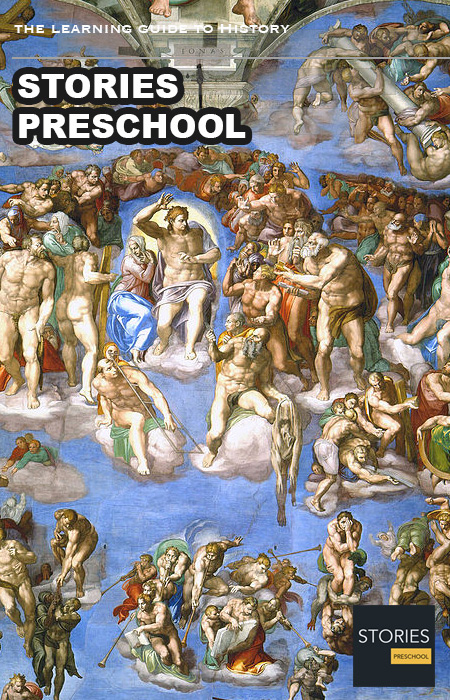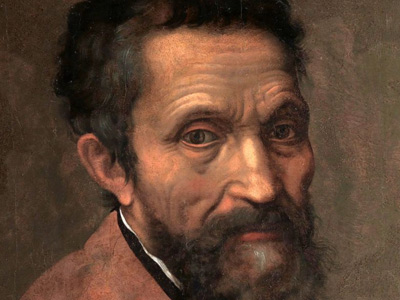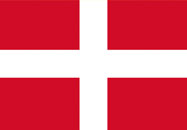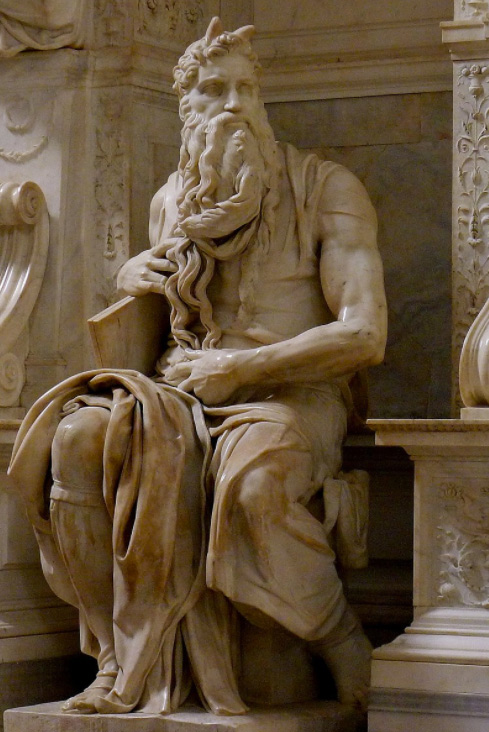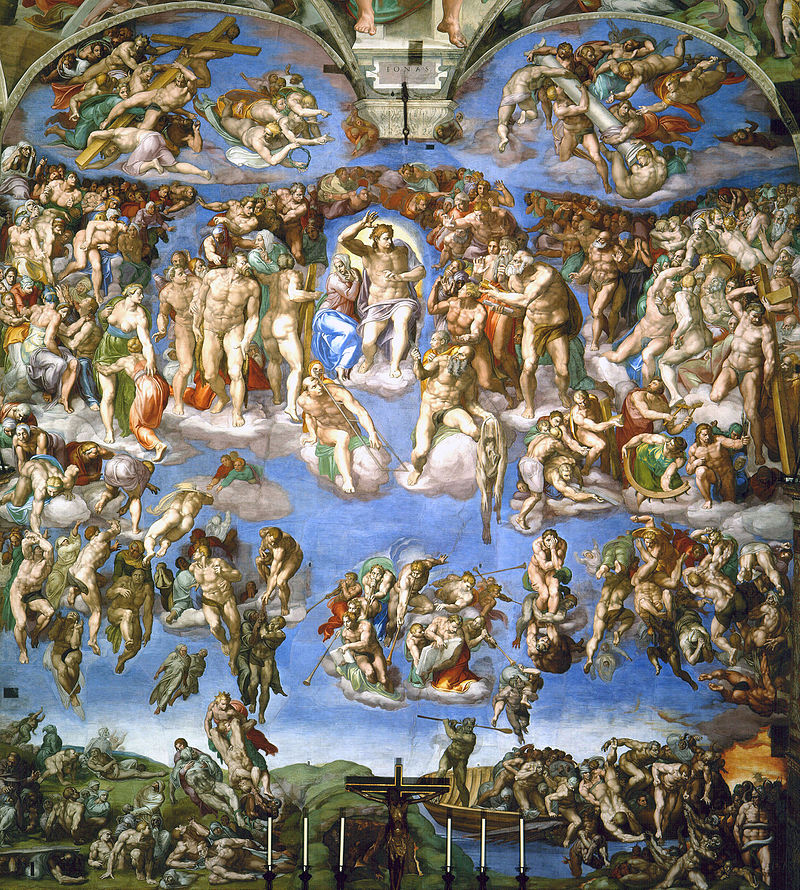Michelangelo (1475-1564)
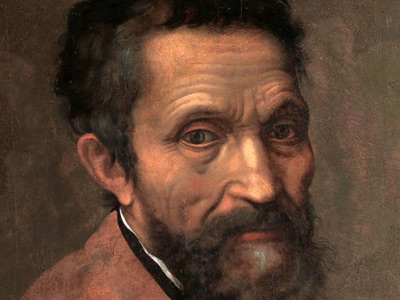
Michelangelo di Lodovico Buonarroti Simoni (6 March 1475 – 18 February 1564) was an Italian sculptor, painter, architect, and poet of the High Renaissance born in the Republic of Florence, who exerted an unparalleled influence on the development of Western art. Considered to be the greatest living artist during his lifetime, he has since been described as one of the greatest artists of all time. Despite making few forays beyond the arts, his versatility in the disciplines he took up was of such a high order that he is often considered a contender for the title of the archetypal Renaissance man, along with his rival and fellow Florentine Medici client, Leonardo da Vinci.
A number of Michelangelo's works of painting, sculpture, and architecture rank among the most famous in existence. His output in every field of interest was prodigious; given the sheer volume of surviving correspondence, sketches, and reminiscences taken into account, he is the best-documented artist of the 16th century.
He sculpted two of his best-known works, the Pietà and David, before the age of thirty. Despite holding a low opinion of painting, Michelangelo also created two of the most influential frescoes in the history of Western art: the scenes from Genesis on the ceiling of the Sistine Chapel in Rome, and The Last Judgment on its altar wall. As an architect, Michelangelo pioneered the Mannerist style at the Laurentian Library. At the age of 74, he succeeded Antonio da Sangallo the Younger as the architect of St. Peter's Basilica. Michelangelo transformed the plan so that the western end was finished to his design, as was the dome, with some modification, after his death.
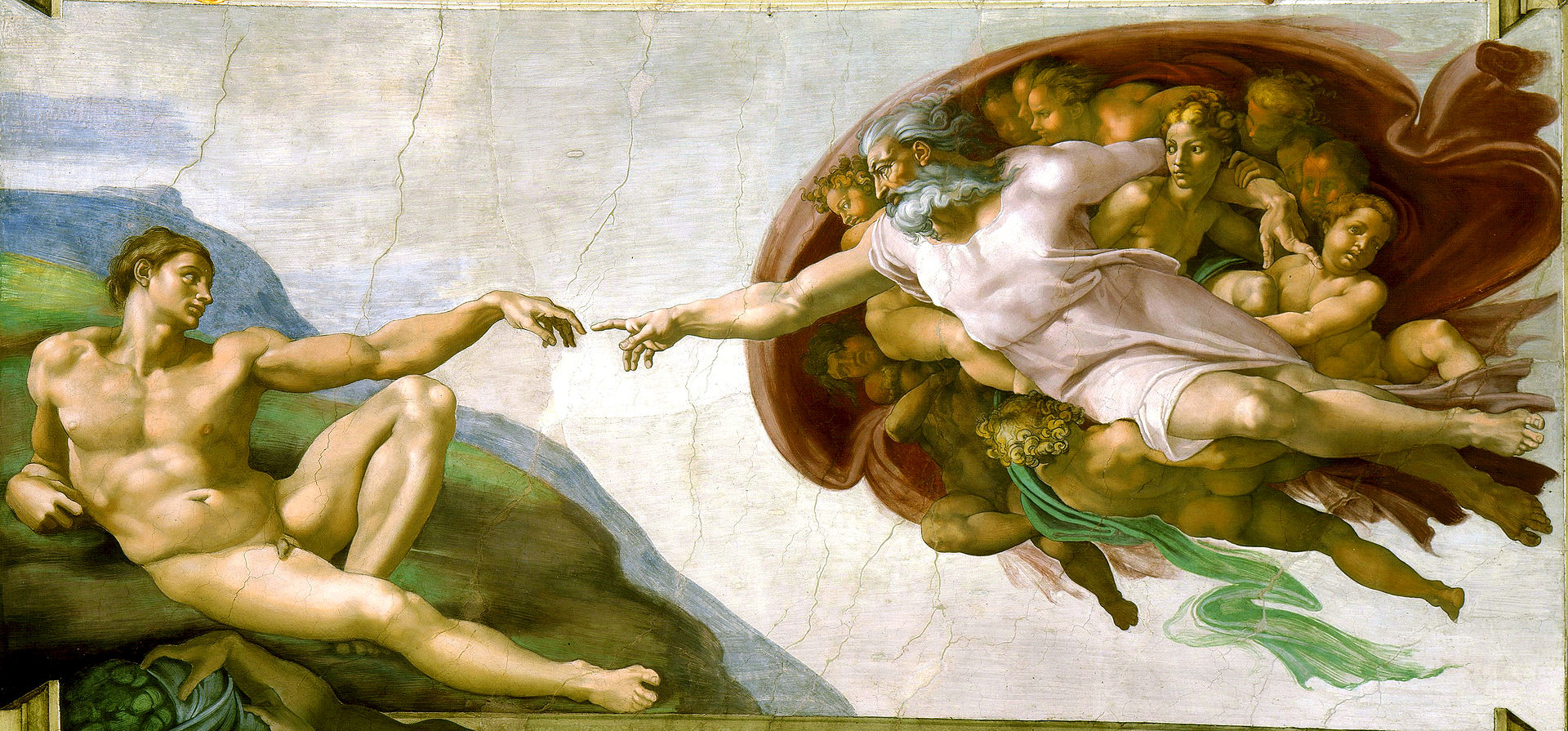
The Creation of Adam (1510)

The Creation of Adam (1510)
( Click image to enlarge)
Michelangelo was unique as the first Western artist whose biography was published while he was alive. In fact, two biographies were published during his lifetime; one of them, by Giorgio Vasari, proposed that his work transcends that of any other artist, living or dead and is "supreme in not one art alone but in all three".
In his lifetime, the master was often called Il Divino ("the divine one"). One of the qualities most admired by his contemporaries was his terribilità, a sense of awe-inspiring grandeur. The attempts by subsequent artists to imitate Michelangelo's impassioned and highly personal style resulted in Mannerism, the next major movement in Western art after the High Renaissance.
HISTORY
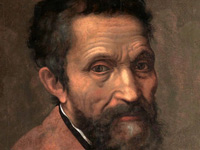
RESOURCES
This article uses material from the Wikipedia article "Michelangelo (1475-1564)", which is released under the Creative Commons Attribution-Share-Alike License 3.0.
© Stories Preschool. All Rights Reserved.
